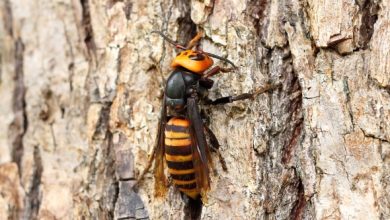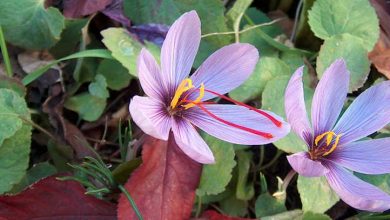White Orchid Care: [Soil, Moisture, Pruning and Problems]

What characteristics do white orchids have?
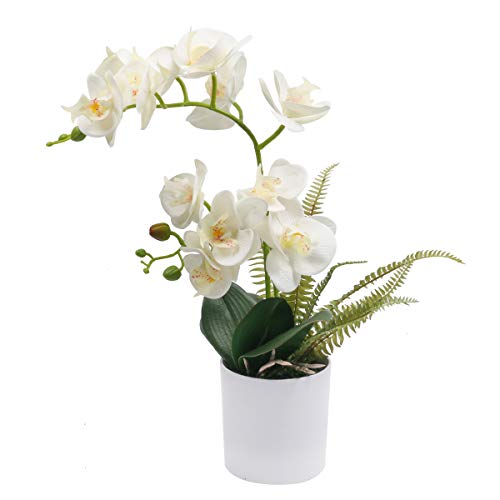
White orchids have a special meaning, because they are faithful representatives of purity, pure love, eternal love.
That is why they have a special place in bridal bouquets, since they are perfect to symbolize the most sublime commitment of love.
White orchids are very elegant indeed. Its scientific name is Phalaeopnosis amabilis.
It is an epiphytic plant that loves to live on the branches or trunks of trees.
It is also known by the name of moon orchid. Its origin is located in the tropical forests of Southeast Asia.
It has perennial leaves, they do not fall easily, because they have a leathery texture and green color, with a shiny appearance. In this variety of orchids the roots are aerial, very thick and white. But they change color on contact with water, as if it were litmus paper, turning green.
This indicates that they are satisfied and that the process of photosynthesis has been carried out successfully. Its flowers are large, about 4cms and come from stems about 90 centimeters long. They have a composition of three sepals, which are the structures that shape the calyx, and three petals.
They appear in spring with their grandiose elegance, although it is also possible that the plant can bloom even in autumn and summer. The important thing is that the weather does not bring frost.
Its versatility allows it to stay indoors as well as outdoors. The important thing is to give it the precise care it deserves. Keep reading and you will have access to the best advice related to the cultivation of the white orchid.
What soil needs do white orchids have?
The ideal is to buy a special substrate for orchids if it will be grown in a pot, indoors. But if the white orchid will have pride of place in the garden, then a homemade organic material such as compost or sphagnum moss, also available at nurseries or garden stores, can be used.
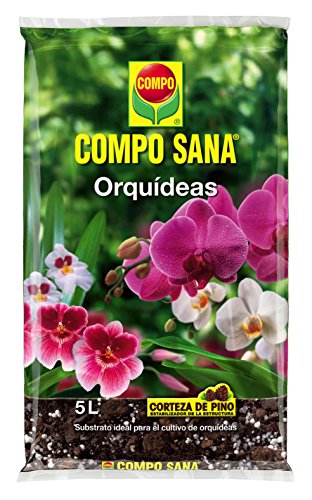
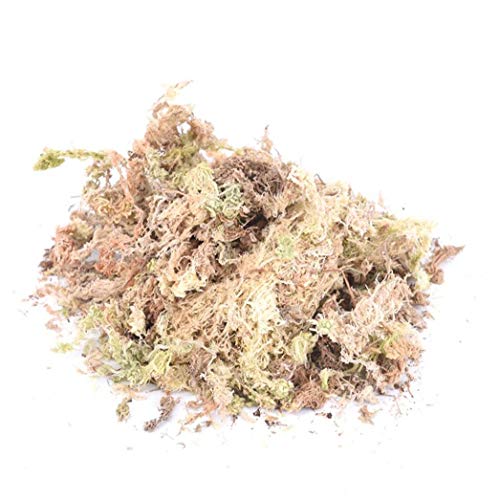
Fertilizers, on the other hand, are of a specific type for orchids. There are many brands available in the market.
How to make white orchids grow strong and vigorous?
One of the most important keys to growing white orchids is related to the climate. This determines if they can survive indoors or outdoors, in gardens and terraces.
Location
 If you live in a place where temperatures remain stable, above 10ºC, it is very likely that they will remain outdoors.
If you live in a place where temperatures remain stable, above 10ºC, it is very likely that they will remain outdoors.
The main thing is to place the plant in a place that has very good natural lighting, as long as direct sunlight does not reach it, because that is fatal for its development.
If the area where you live is cold, with frosts and significant drops in temperature, then the most viable option to take care of the plant is a very bright place inside the house, clear, where sunlight reaches indirectly.
potted life
An important fact is to know that the white orchid can live for several years in a pot, without the need for transplants, because it is tolerant of small pots.
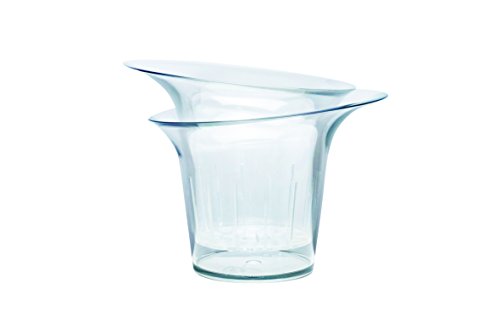
What is relevant in this case is the need to have it inside a transparent or white pot, in order to identify the color changes in its roots, so that in this way it receives only the water it needs and avoid rotting due to excess. of the vital liquid.
special reproduction
Another notable feature is its multiplication. It reproduces by seeds, but these only germinate when they enter into symbiosis with a mycorrhizal fungus.
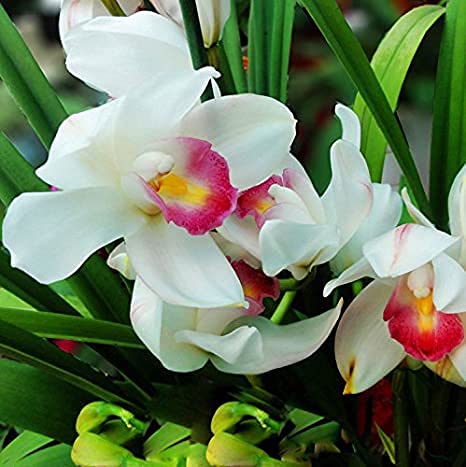
Another way of multiplying this species of orchids is through their suckers or keikis, who produce the visible floral rods in spring. These are separated from the mother plant following the following steps:
- The first thing is to wait for some roots to sprout.
- They are then cut with the help of previously disinfected scissors.
- They are planted separately in a white or transparent pot. One by one.
- They are generously watered, but first we must ensure that the pot has an excellent drainage system, to avoid puddles.
What humidity do white orchids need?
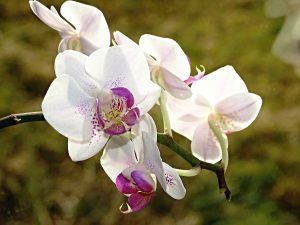 In closed environments of the house, it is very important that the plant is not placed in places where drafts circulate.
In closed environments of the house, it is very important that the plant is not placed in places where drafts circulate.
The ambient humidity must be high. This is achieved with the continuous use of a humidifier in the room where the plant remains, or by placing containers with water around it.
A good way to maintain humidity in dry regions is by placing some stones that store water.
Its hardiness is determined by intolerance to frost or intense cold. Its temperature range is between 18-35ºC. Although there are varieties that withstand a minimum temperature range of 9ºC and up.
Irrigation
Regarding irrigation, a clear recommendation must be followed to the letter: water must be added only when the substrate dries, preferably rainwater, without lime or osmosis.
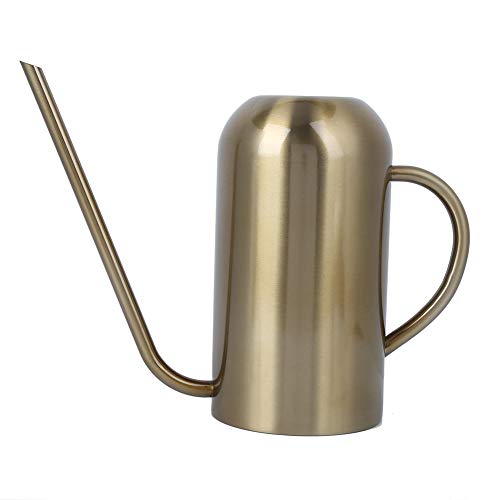
At any event, it is very important to supply water low in minerals, not normal water. It is not pertinent to water the leaves, much less the flowers. That causes an unstoppable rot. If spraying is done, it should be punctual, towards the roots.
Is it necessary to prune white orchids?
The pruning ritual must be followed after alcohol disinfection of the scissors. In this way, we protect the plant from unwanted infestations. Afterwards, dry leaves and withered flowers are carefully removed in order to prevent the plant from losing vigor and energy.
How often should we prune white orchids?
It is pruned after flowering, because withered flowers and leaves cannot remain indefinitely, as they deplete the plant of nutrients. But you also have to prune its stems when flowering stops and no regrowth appears.
It must be done before it turns yellow 1cm from the first visible bud.
How to avoid pests and diseases of white orchids?
Although it may not seem like it, the moon or white orchid is very resistant. It gets sick when it is treated poorly or if it lives in a healthy environment, because this situation favors the arrival of a very annoying and well-known pest: the cochineal.
That is why it is prudent to carry out a periodic inspection of its leaves, in order to detect intruders such as cochineal, which can remain happy on the underside of the leaves until they completely ruin the plant.
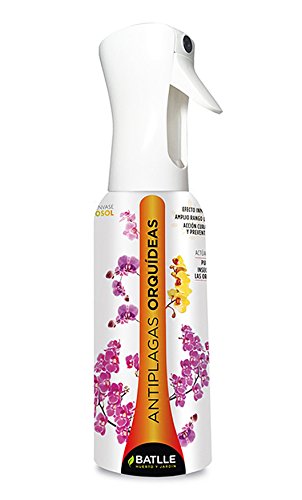
They are removed with the help of a soapy solution or with pharmacy alcohol, with direct applications on each leaf. In humid environments, precautions must also be taken, because excess water also facilitates the appearance of fungi that rot their roots.
That is why it is not wise to spray the leaves with water. If any fungus appears, it must be eliminated with a simple treatment where copper or sulfur powder is applied.
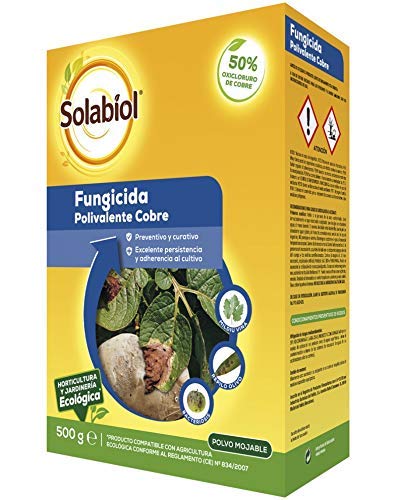
In this case, the key is to space them out, lengthen the waterings and not spray them, especially during the fall and winter.
Maybe you are also interested in:
- How often and how to water my orchids in winter?
- 6 Types and Varieties of Most Famous Orchids
- Fertilize Orchids: How, When and How Much? – Sow100
- Learn to Take Care of your Dendrobium: Everything You Need
- Phalaenopsis Orchid Care: [Soil, Humidity, Pruning and Problems]
- Orchid Care in Winter: [Soil, Pruning and Problems]
- Orchid Care: [Soil, Humidity, Pruning and Problems]
- Orchid Cuttings: [Grafts, Time, Rooting and Planting]
- Orchid Pests and Diseases: [Detection, Causes and Solutions]
- Types of Orchids: [Characteristics and Classification]


![Photo of Prune Tomatoes: [When To Do It, Tools, Forms and Utility]](https://www.complete-gardening.com/wp-content/uploads/2022/08/prune-tomatoes-when-to-do-it-tools-forms-and-utility-390x220.jpg)
